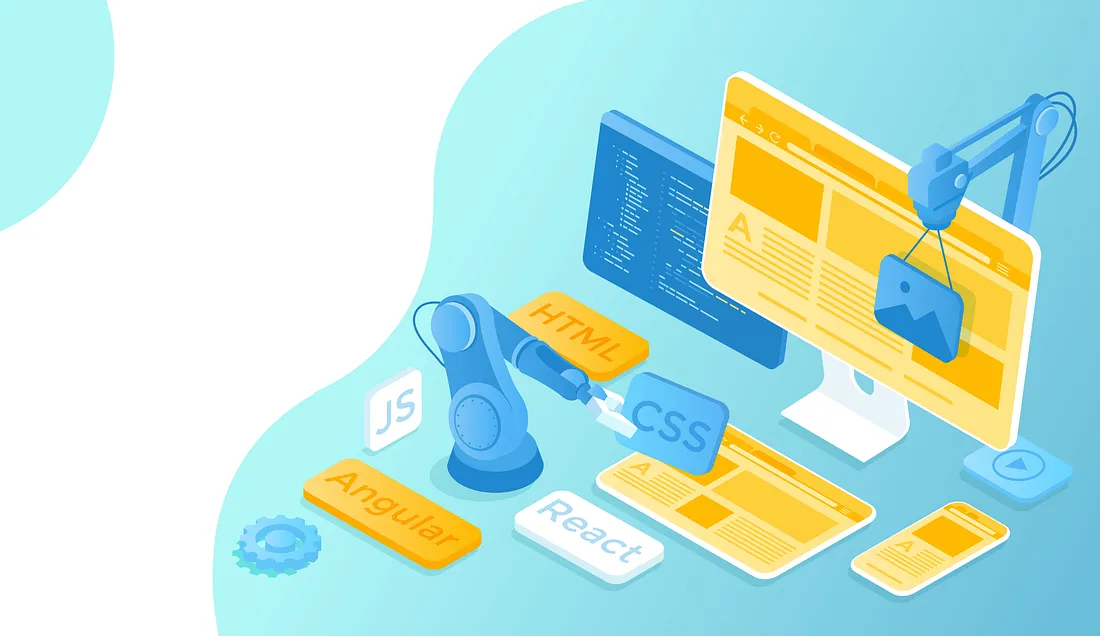React has emerged as a leading front-end library for building user interfaces, offering a powerful and flexible way to create interactive web applications. As developers dive into React, mastering best practices becomes pivotal for writing scalable, maintainable, and efficient code. Here’s a comprehensive guide to best practices in React front-end development:
1. Component Structure and Organization
Modular Components: Break down complex UIs into smaller, reusable components. Follow the Single Responsibility Principle, keeping components focused and easy to maintain.
Container and Presentational Components: Separate components that handle logic (containers) from those responsible for rendering UI (presentational components). This promotes cleaner code and better debugging.
2. State Management
Use State Wisely: Leverage React’s local state for component-specific data. For complex applications or shared data, consider using a state management library like Redux or Context API.
Immutability: Ensure immutable data to prevent unwanted side effects. Use immutable data structures or libraries like Immutable.js to manage state changes efficiently.
3. Performance Optimization
Virtual DOM and Reconciliation: Leverage React’s virtual DOM to optimize rendering. Implement keys for lists to improve reconciliation performance and reduce unnecessary re-renders.
Memoization and Pure Components: Utilize memo or PureComponent to prevent unnecessary re-renders of components when the props or state remain unchanged.
4. Code Readability and Maintenance
Naming Conventions: Follow consistent and meaningful naming conventions for components, variables, and functions. This enhances code readability and makes collaboration easier.
Comments and Documentation: Document code comprehensively using comments and/or tools like JSDoc to assist other developers and your future self.
5. Error Handling and Debugging
Error Boundaries: Implement error boundaries to gracefully handle errors within components, preventing the entire UI from crashing due to a single error.
Debugging Tools: Utilize browser extensions like React DevTools and Redux DevTools to inspect component hierarchies, track state changes, and debug efficiently.
6. Security Considerations
Sanitize Inputs: Protect your application from security vulnerabilities by validating and sanitizing user inputs to prevent cross-site scripting (XSS) attacks.
Avoid Storing Sensitive Data: Refrain from storing sensitive data in client-side states or local storage. Utilize secure server-side storage and encryption for sensitive information.
7. Testing
Unit and Integration Testing: Write comprehensive unit tests using libraries like Jest and React Testing Library. Also, perform integration tests to ensure seamless interactions between components.
Snapshot Testing: Use snapshot testing to capture the UI output and detect unintended changes in the UI structure.
Mastering React’s best practices is pivotal for building robust, scalable, and maintainable front-end applications. By adhering to these practices, developers can streamline development workflows, enhance code quality, and deliver exceptional user experiences.
Remember, these practices serve as guidelines, and adapting them based on project requirements and continuous learning remains essential in the ever-evolving landscape of front-end development.
Happy coding https://synpass.pro/contactsynpass/ 🚀

